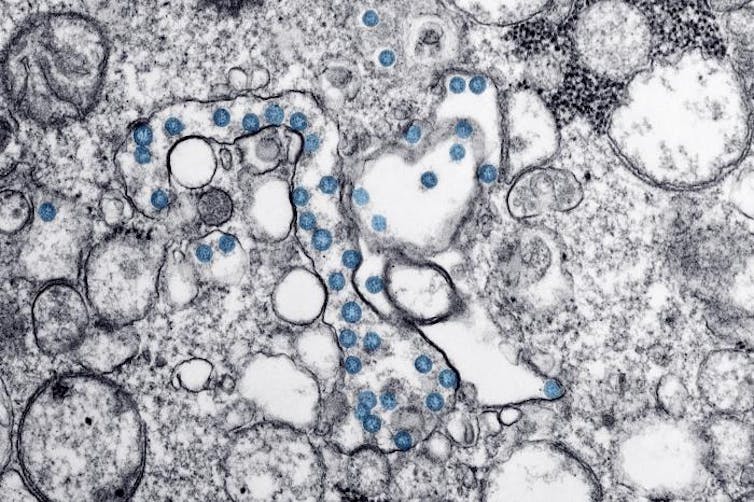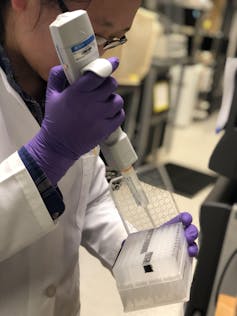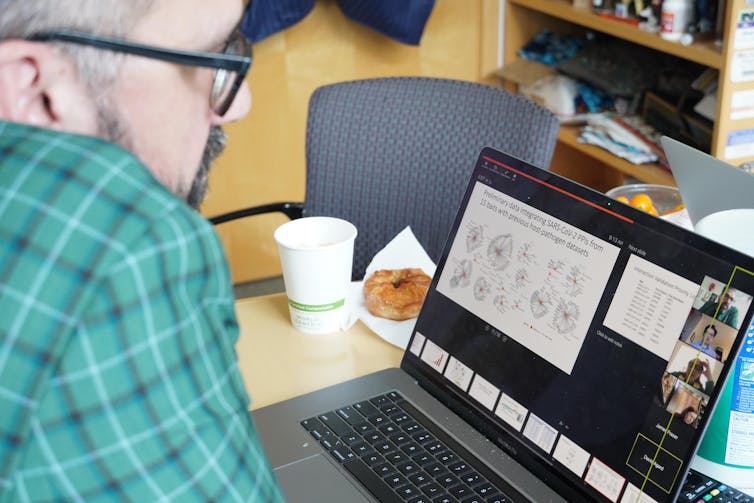The original deity of Lord Narasimha was brought to India by Baba Narayan Das Batra from Multan at the time of partition in 1947. The deity is now at Haridwar (Narasimhadham Road).
Vishal Agarwal -- Happy Holi. Below is a picture and description of the site where Holi originated, now in Multan (Pakistan). The Murti of the Mandir was rescued in 1947 by fleeing Hindus and is worshipped in a Mandir in Haridwar today. The Suraj Kund close to Multan is another site associated with Narasingh Avatar. The city has the Jami Masjid within the fort built on top of the famous Surya Mandir (Bhaskar), the Joga Maya Mandir and another Prahladpuri temple. Multan was a holy city for Hindus before its conquest and desecration by Sunni Arabs and then Ismailis. About 1000 Hindus (Scheduled caste) still live in the district today and they celebrate Holi in whatever they can but without access to their shrine.
Ancient temple where Holi originated. Now used as toilet:
This is the famous "Prahladpuri' temple" of Multan in Pakistan. This is where the Holi festival originated, according to Puranic lore.
According to Puranas, this was the place where Holika was burnt. It was believed by Hindus that this temple was built by Prahalada himself.
Multan was formerly known as Kasyapa-pura (Known to ancient Greeks as kaspapyros) meaning the "city of Kashyapa". According to Puranas, Prahalada was the son of Hiranyakashipu and grandson of Kashyapa.
This Prahladpuri temple once housed devotees and pilgrims from all over Indian subcontinent. It was a very famous pilgrimage site in the Pre Islamic Period.
This temple was first destroyed during Ghaznavid Islamic invasions in 11th century. A subsequent section of the temple was converted into the mosque of Baha’ul Haq Zakariya in 13th century. When Sikhs captured Multan in 19th century, a small temple was rebuilt at the spot. But this temple was also destroyed by Islamist mobs in 1992 in the wake of Babri demolition. A few ruined walls still remain.
Today, the neighboring people use the temple site as filthy garbage dump and open toilet. This is the condition of one of the most important Hindu temples.
Prahladpuri Temple
پرَہْلادْپُورِی مندر
The original temple of Prahladpuri is said to have been built by Prahlada, son of Hiranyakashipu, the king of Multan (Kashya-papura) in honor of Narsing Avatar, an incarnation of Hindu deity Vishnu emerged from the pillar to save Prahlada-Gazetteer of the Multan District, 1923-24 Sir Edward Maclagan, Punjab (Pakistan). 1926. pp. 276–77. https://en.wikipedia.org/wiki/Prahladpuri_Temple,_Multan
Prahlada Suryam Temple, Multan
March 11, 2020
Ancient Remains at Multain
By Sanjay Godbole
Mr. Anant Joshi, from Pune Maharashtra India resides in Sadashiv Peth, (Peth a residential sector in the city) and is the lawful owner of the temple of Lord “Narsinha” (a Hindu deity in the form of half human and half lion body e.g. incarnation of lord Vishnu).
Sanjay Godbole -- "In the March 2004, he successfully obtained a Visa permit from Pakistan and with a view to visit the original location of the incarnation of Lord Narsinha, as detailed in Hindu Mythological scriptures & visited Multan in Pakistan. He photographed some of the ancient remains and ruins of the Hindu culture. During his stay at Multan, he was presented a book in Urdu named “Tarikh-e-Multan” written by Munshi Abdul Rehman Khan and published by “Ulum-Islamia-Chahalak”. Some vital information of the ancient remains and ruins of the Hindu Culture is detailed on Page No. 480 of this book. The translation of the related Urdu matter is as follows:
Hindu Asar-Bot-E-Multan (Hindu Idols-antiquities of Multan)
In the history of the city of Multan, during the dilivu-an period , the deity called “Aditya” played a substantially vital role. That is exactly why, Multan was, in Arabia addressed as Betul-Juhet, literally means a house full of Gold. The reason is, as stated by Abdul Qassim an Arab Author, “Mohammad Bin-Quasim-got 40 Bhars of Gold (l Bhar equals 380 Maunds and 1 maund equals 40 seers or 20 Kilograms approximately) from a house in Multan.
Ester, a contemporary historian, too, has made a statement about Multan that the name of the deity called Aditya, was also “Multan” and that the deity was mounted in a Glorious palace. The location was a big market place near Thatheri Bazar and ivory Bazar. The spot was in the vicinity of the “Pralhad” Temple. Abu Zahid Safi writes about Multan that many pilgrims, after undertaking a tedious journey, lasting many months, visited Multan to obtain glimpses of this deity “Aditya” and brought with them, an incense called Chandan (Sandlewood) the famous Kamrani Dhoop, which was burnt in front of the deity. The then, price of this sandle wood incense was 200 Dinars for 1 maund (40 seers or 20 Kgs.) in 886 AD. Ibn-e-Rasta in the year 906 A.D. Writes that in Multan, there is an idol which is 2000 years old. It is here only, the descendents of “Ibn-e-Manba” dynasty rule the province (Ibn-e-Manba is a branch of Sama bin Louie) on such occassions when Indian rulers, waged war and arrived near Multan, the local and native rulers became alert and kept their Military forces ready for action and showed their valour on the battle field.
Masudi, in 905 A.D. writes that the Sultan of Islamic rule, had both the riches and military. The Sultan was having a direct control of one lac twenty thousand towns in the near vicinity of Multan, spread around on all four sides. The famous Hindu temple is here only and the suitan gets a substantial income by the sale of sandle wood, required at the temple for performing religious rituals. The sandle wood was brought to Multan from far off places. Whenever, the Hindu rulers waged war on Multan and had a winning edge, over the Muslims, they (the muslims) threatened that they would destroy the idol of the God and the Hindu Military would retreat and go back. The famous city of Kanauj was also under the control of Multan.
Hindus from Sindh province held this idol of Aditya, in a very high esteem and treated it as an emblem of the Almighty and flocked this place frequently without fail, to have glimpses of the deity .
After their arrival here, the pilgrims got their heads and beards shaved off. This deity, primafacie had live anthropoid human features and therefore, Mohammed Bin Qassim had, with a view to behead the deity, taken out his sword.
This idol was made of pure gold and was inlaid with precious stones. There was a dense forest around the temple, where the pilgrims rested under the trees.
The temple of Pralhad at Multan
This temple is within the precincts of the old fort of Multan. The popular legend states that this temple was got constructed by Bhakta Pralhad, himself. Bhakta means devotee. It is title associated with Pralhad. It is one of the ancient remains of Hindu religious centres, and faces the Shrine of Hazrat Bahul Haque-Zakeria”.
In side the temple, there was an idol of Lord Vishnu in the incarnated form of Narasinha (A half human and half lion form) A grand fete was celebrated, of Narsinha, here in every month of “Jyeshtha”. On that occasion, many fairs and pilgrimages were held. This fete was of great importance for Hindus.
Hiranyakashyapu (father of Pralhad) wished to punish Pralhad. So he got one golden pole fabricated. He heated the column from inside and tied Pralhad to it. But Lord Narasinha favoured Pralhad and got the golden pole transformed into a column made of soil and cooled it. The Lord killed Hiranyakashyapu and made Pralhad a king. Multan was earlier known as Kashyappur then. This name was subsequently changed to Pralhadpur, after Pralhad occupied the throne.
Sir Alexander Bernas” visited Multan and has mentioned that the Prahlada temple had no roof-top. In the year 1810 A.D., the Hindus collected contributions and got an acme for the temple. This acme was errected at a higher level than that of the dome of the tomb of “Hazarat Zakaria”. This led to rift and disharmony in the two communities. This was one of the first communal riots in Multan. Hindu as a result of the riots, were compelled to reduce the height of the acme, so as to bring it lower than the height of the dome over the tomb. In the year 1848 A.D., the East India companie’s English forces attacked the Multan Fort. Due to the explosives used in and from the artillery, the structure of the temple was badly damaged and the very existence of this ancient structure went into Jeopardy. In the year 1853 A.D. the Temple was conventionally put into non-use and was put out of vogue. The temple finally was reinstated and restored, by using the funds, gathered by way of public contributions. The temple was in a fairly good shape till the year 1992 A.D. This intact temple was destroyed by the Muslims of Multan as a revenge of the Babri Masjid episode on 6th of Dec. 1992. This day, only stray remains of the walls of the temple exist in a dilapidated state.
The Suraj Kund of Multan
This Surya-kund temple is situated at a distance of 3 kms from Multan. Here is a kund (water tank) which is 10 feet deep and 132 feet long. During the Sikh regime, Shri. Savanmal, got all the four walls, surrounding the tank, constructed. As the legend from the Hindu scripture goes, Lord Narasinha, drank water from this Kunda after he relieved Pralhad from the clutches of Hirankashyapu.
The Sun God (Aditya) Surya Devata (Deity) was worshipped at this temple. This place was considered as the second important ancient place in Multan.
The temple of Totalamai
Totlamai (Mai means mother) is the third important and sacred spot for Hindus in Multan and is situated inside of the Haram Darwaza. In olden days the cities and towns were protected from outside attacks by constructing surrounding walls from all sides and only a few entry points were provided which were called Fasil Ka Darvaza.
This temple is called the temple of Totlamai. The deity here is Goddess “Totla. The Mughal King Aurangzeb had thrown the idole of the deity in a well here. The Chief priest of the temple at that times was an expert in Ayurvedic medicines and he treated the son of Aurangzeb and got him cured completely. The priest, as a reward, requested Aurangzeb for the idol of Goddess Totlamai and by royal order, the same was returned to him. The deity was subrogated in the temple. Shri. Savanmal richly contributed for the restoration work.
The temple of Goddess Jog Maya
This Jogmaya Mandir happens to be the fourth important and sacred religious place in Multan. It is very near from Multan Railway Station and was initially in the form of a stone pedestal. During the regime of Deewan Savanmal (Deewan-Chief Administrator) the temple was errected and Mr. Mulraj completed this construction work.
As per the Hindu Mythological Scripture in Mulsthana i.e. Multan, when Lord Narasinha incarnated, many Gods and Goddesses arrived there on the occasion to felicitate him, and amongst them Goddess Jogmaya was one who decided to inhabit and remain present at the spot forever. Here the Navaratri festival was celebrated in the months of Chaitra and Ashwin ( from Hindu calendar months) every year.
RAMTEERTH
This is the fifth important and sacred place in Multan for Hindus. This is the abode of Lord (God) Ramchandra. There is a Kund (Water tank). Which is situated near the place. This is situated on the outside of Delhi Darwaza (Gate) and near Melsi-Duniyapur highway. During the regime of Maharaja Ranjeet Singh, the Kund and the temple were constructed. The festival is celebrated here on the full moon night in the month of Bhadrapada.
Narsinhapuri Mandir
Since this temple was inside the precincts of Multan Fort, the priests could not enter the temple, except for the pre-scheduled timings on account of the restrictions on visiting hours. To remove the cause of this pre-decamental inconvenience, the priest of the temple, got a new temple errected near the sabji mandi and subrogated an idol of Narsinha incarnation. Afterwards, a wealthy devotee of Multan renovated this temple into an elegant and modern one at a cost of rupees ten thousand.
The Other old remains at Multan
Apart from the above, there are a few religiously important remains at Multan. These include the Samadhi of Savanmal outside the gate of the fort. Dnyanshala at Delhi gate, a Kund for the use of Pathashala (School), the Jain temple at Chodisara market and a temple of Lord Shiva.
The Hanuman temple in the Chowk area is also very famous. This temple was utilized as a safe refuge, for Hindus during communal riots. The other defence implements and weapons needed during such periods of riots were also stored over here. These implements were mainly used for retaliatory purposes. The Dnyanshala, referred to above topped the list of such hideouts.
*(The author is a noted Archeologist, based in Pune)
Source: Kashmir Sentinel"
Ruins of Prahladpuri Temple
नरसिंहकेइसपहलेमंदिरसेजुड़ाहैइतिहास
मानाजाताहैकिहोलीकीशुरुआतभारतमेंनहींबल्किपाकिस्तानसेहुई. इसकेपीछेबेहदहीखासवजहबताईजातीहैऔरवोहैपाकिस्तानकेमुल्तानशहरमेंमौजूदप्रल्हादपुरीमंदिर (Prahladpuri Temple).
Written by: रेणुचौहान, Updated: 19 मार्च, 2019 5:13 PM
होलीकाइतिहास
नईदिल्ली:
21 मार्चकोपूरेदेशमेंहोली (Holi) बड़ीहीधूमधामसेमनाईजाएगी. इससेपहले 20 मार्चकीशामकोहोलिकादहन (Holika Dahan) कियाजाएगा. होली (Holi 2019) केइसपर्वमेंपकवानोंकेसाथ-साथहरतरफरंगोंकीबौछारहोतीहै. लेकिनक्याआपकोमालूमहैकिभारतकेइससबसेप्रसिद्धत्योहारकासंबंधपाकिस्तानसेहै? मानाजाताहैकिहोलीकीशुरुआतभारतमेंनहींबल्किपाकिस्तानसेहुई. इसकेपीछेबेहदहीखासवजहबताईजातीहैऔरवोहैपाकिस्तानकेमुल्तानशहरमेंमौजूदप्रल्हादपुरीमंदिर (Prahladpuri Temple).
मानाजाताहैकिहिरण्यकश्यपकेबेटेप्रल्हादनेभगवाननरसिंह (विष्णुकेअवतार) केसम्मानमेंएकमंदिरबनवाया, जोफिलहालपाकिस्तानकेशहरमुल्तानमेंआताहै. भगवाननरसिंहनेहीखंभेमेंअपनेदर्शनदेकरभक्तप्रल्हादकीजानबचाईथी. इसीमंदिरसेहोली (Holi) कीशुरुआतहुई. यहांदोदिनोंतकहोलिकादहन (Holika Dahan) उत्सवऔरहोलीपूरेनौदिनोंतकमनाईजातीथी.
पाकिस्तानकेमुल्तानमेंमौजूदप्रल्हादपुरीमंदिर
इसजगहपरभारतमेंमनाईजानेवालीजनमाष्टमी (Janmashtami) कीतरहहोलीवालेदिनमटकीफोड़ीजातीहै. मटकीकोऊंचाईपरलटकायाजाताहै. फिरपिरामिडकेआकार में एककेऊपरएक चढ़करमटकीफोड़ीजातीहै. खासबात, इसमटकीमेंभीमक्खनऔरमिश्रीभरीहोतीहै. पाकिस्तानकेमुल्तानमेंइसपर्वकोचौक-पूर्णात्योहारकहाजाताहै.
वहीं, आपकोबतादेंभगवाननरसिंहकेइसपहलेमंदिरकोनुकसानपहुंचाया गया. स्पीकिंगट्री केमुताबिकभारतमेंबाबरीमस्जिद (Babri Masjid) कोगिरानेकेबादपाकिस्तानमेंकईहिंदूमंदिरोंकोगिरायागया, जिनमेंसेएकप्रल्हादपुरीमंदिरभीथा.
लेकिनअबइसमंदिरमेंरखीभगवाननरसिंहाकीमूर्तिहरिद्वारमेंहै, जिसेबाबानारायणदासबत्राभारतलेकरआए. नारायणदासप्रसिद्धवयोवृद्धसंतहैं, जिन्होंनेभारतमेंकईस्कूलोंऔरकॉलेजोंकानिर्माणकराया. समाजकेउत्थानकेलिएकिएगएकार्योंकेलिएउन्हेंसाल 2018 मेंपद्मश्रीसेभीनवाज़ागया.










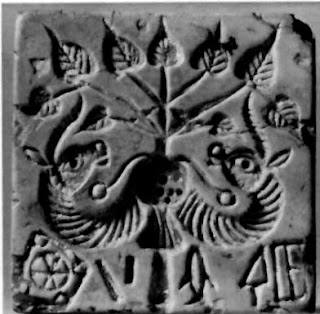 Seal impression of m296
Seal impression of m296
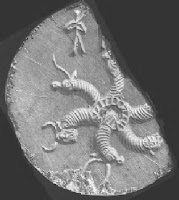

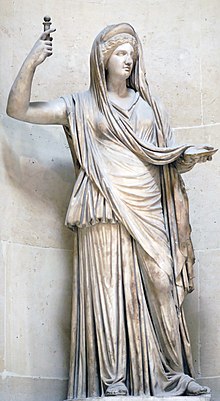

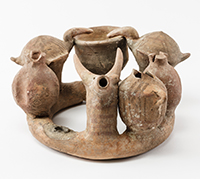
 Region: Palestine: Megiddo
Region: Palestine: Megiddo


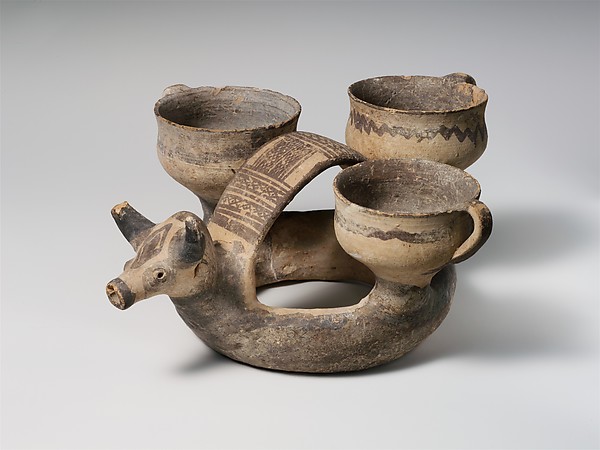

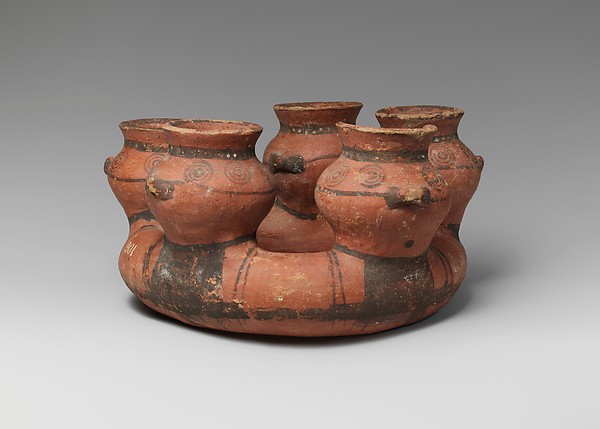


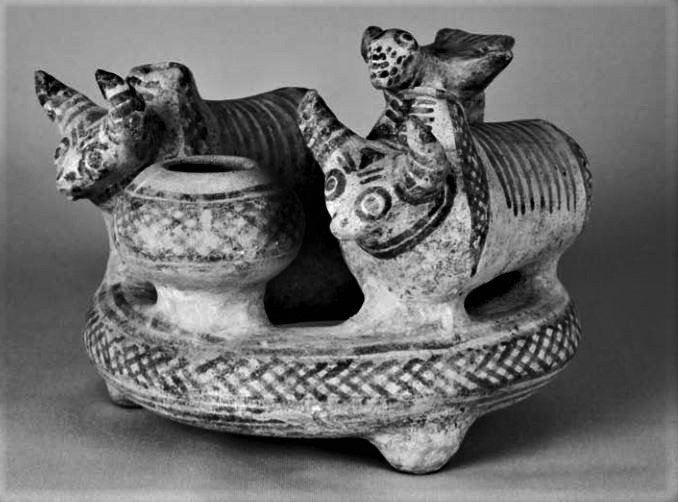
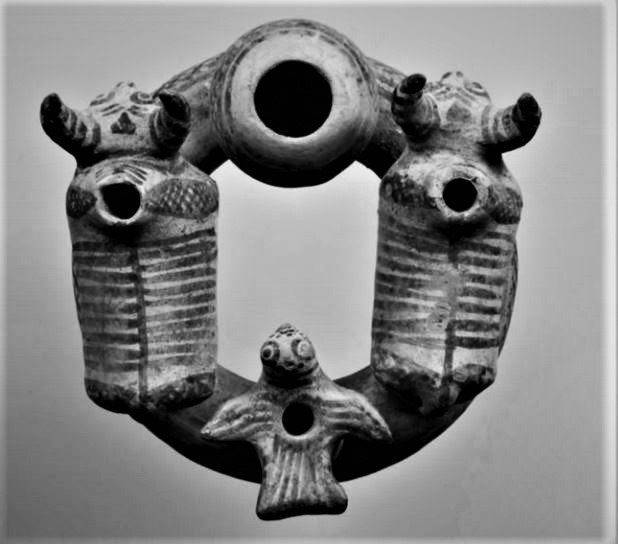
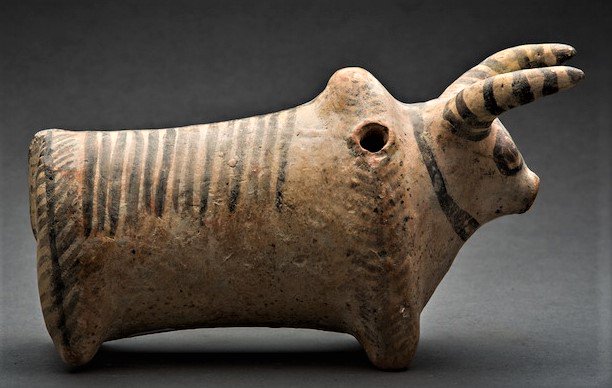
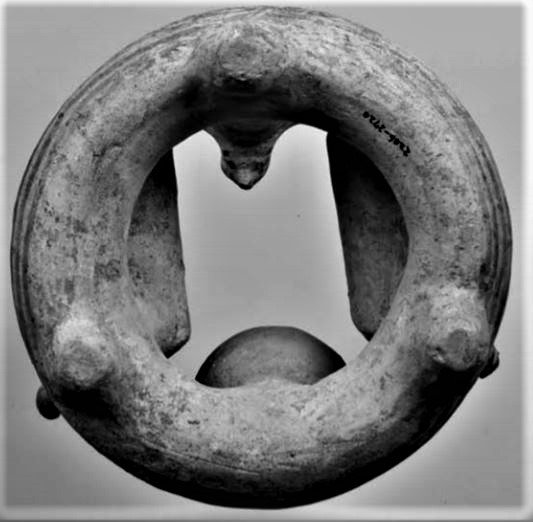


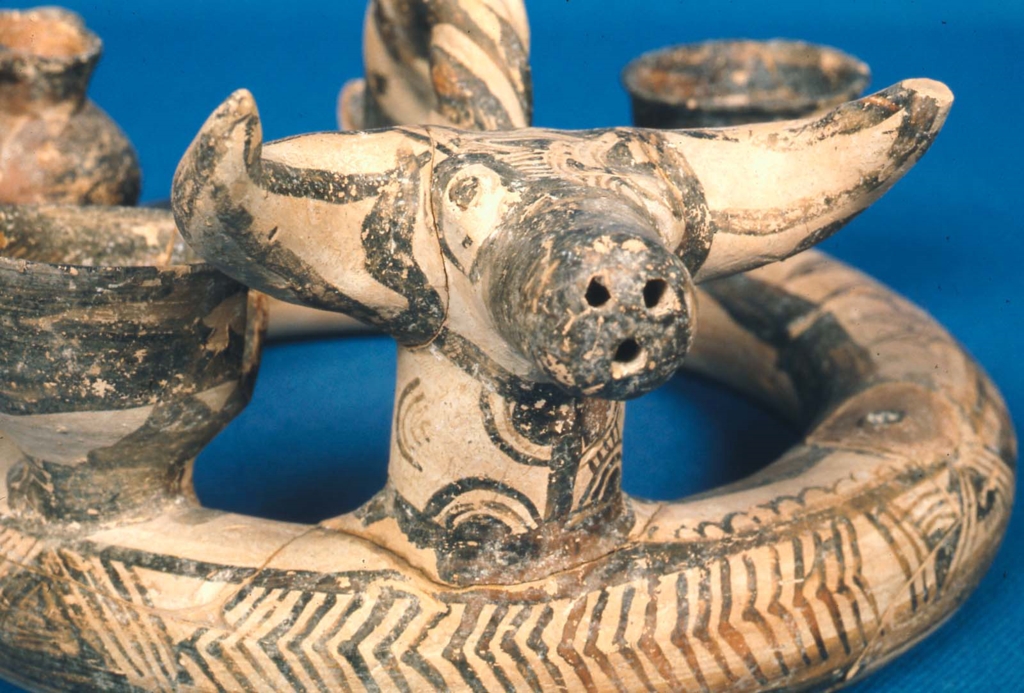






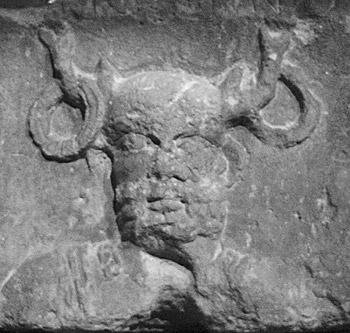

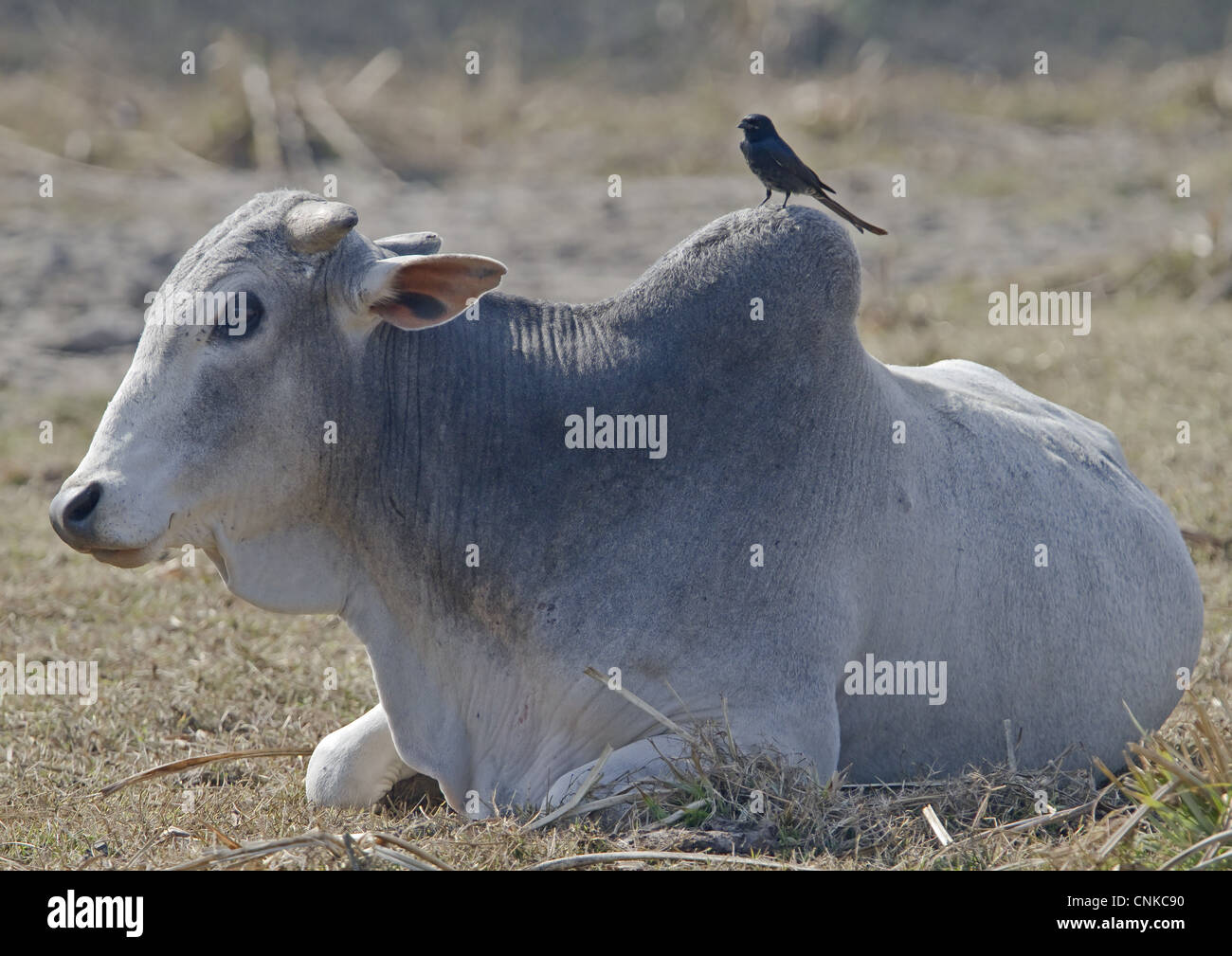 Zebu, bos indicus PLUS black drongo bird (perched on the back of the bull) This bird is called పసులపోలిగాడు
Zebu, bos indicus PLUS black drongo bird (perched on the back of the bull) This bird is called పసులపోలిగాడు 
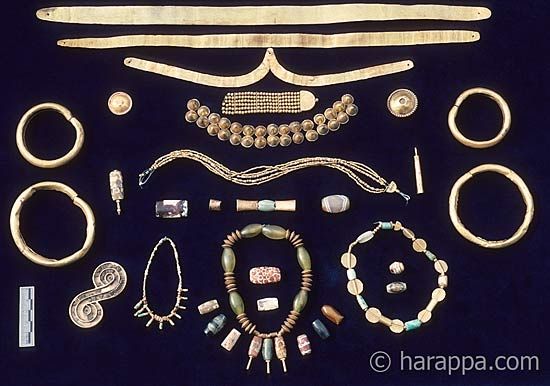




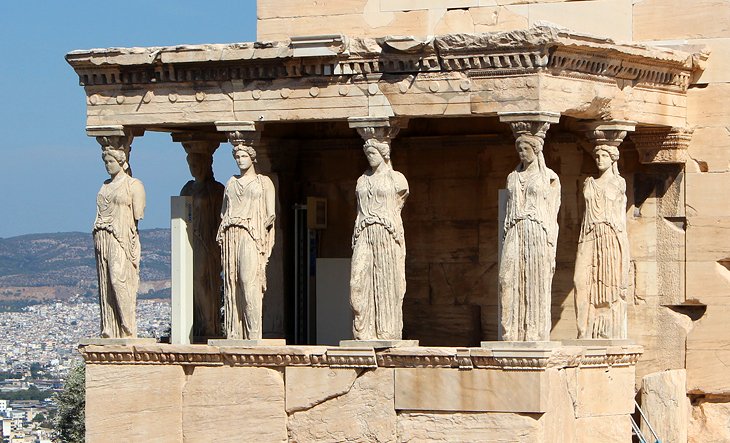


























 Maritime Empire of Srivijaya
Maritime Empire of Srivijaya
















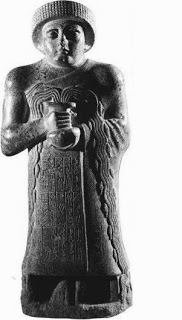




 Reported by MS Vats.
Reported by MS Vats.





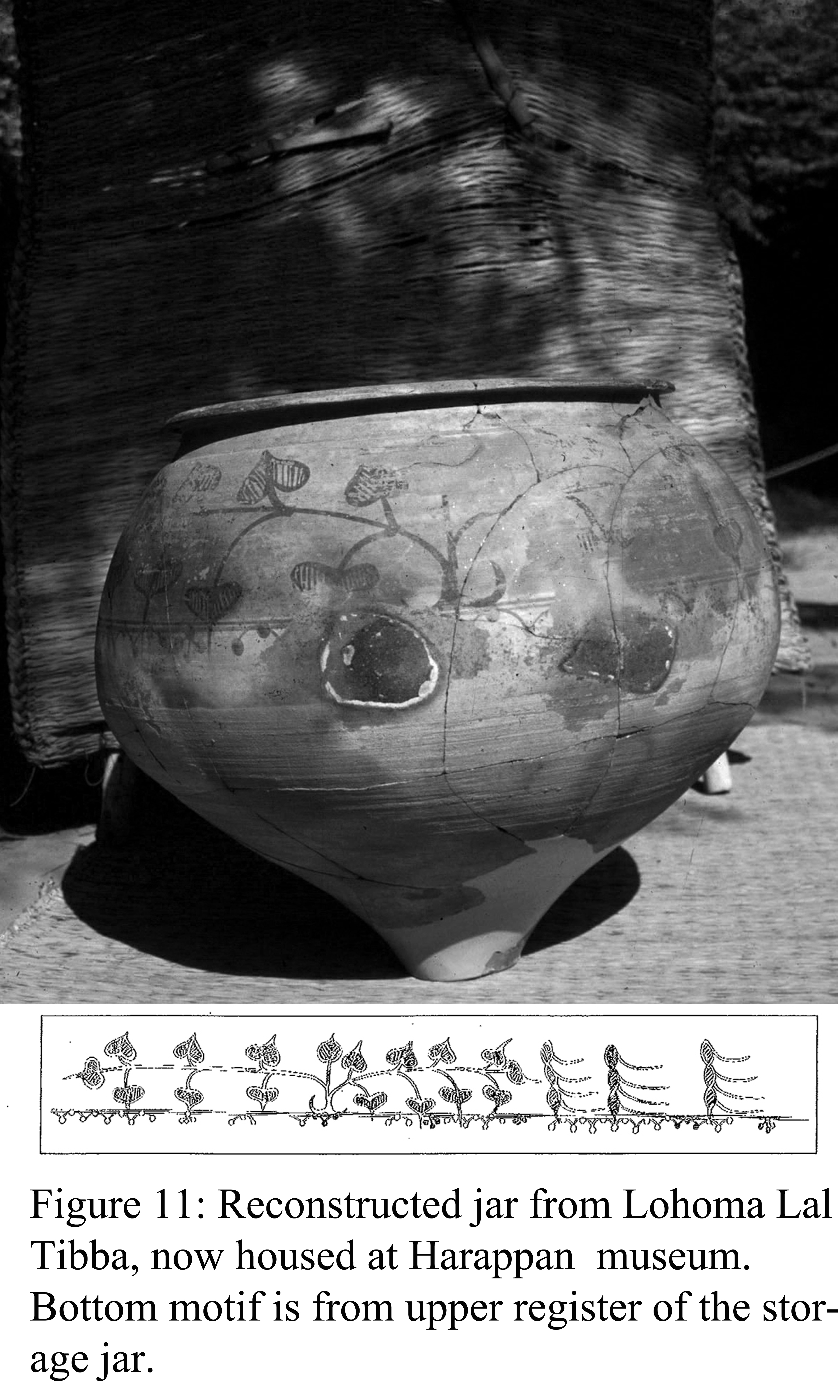


























































































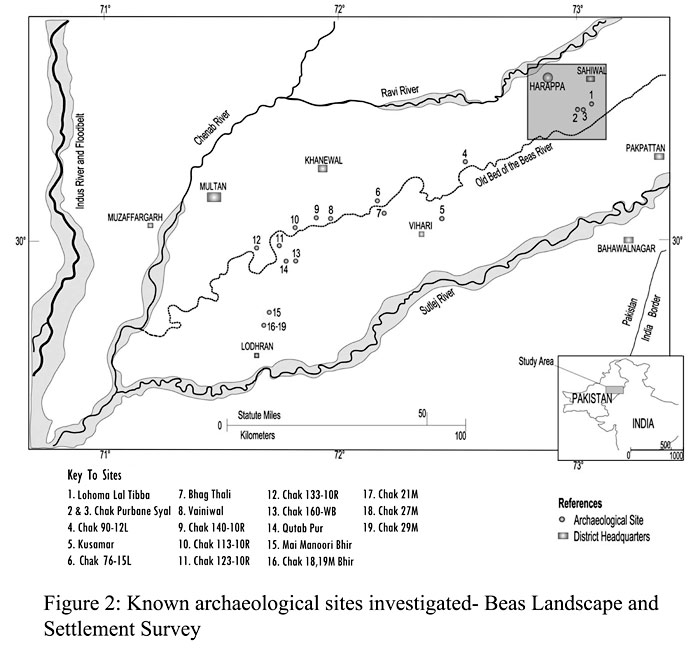
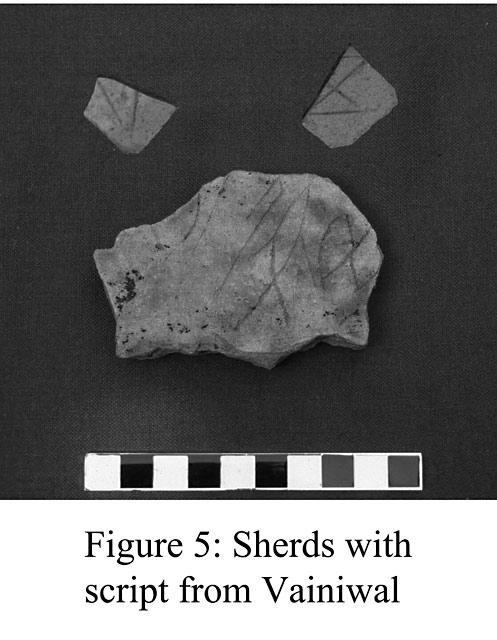
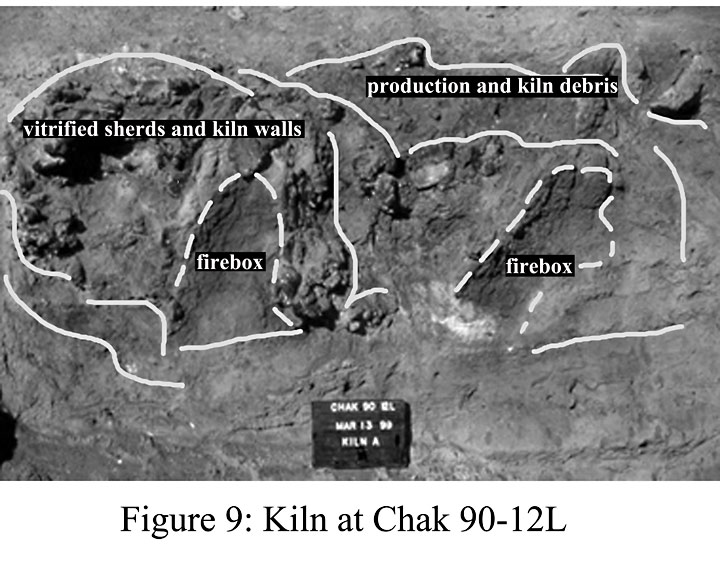
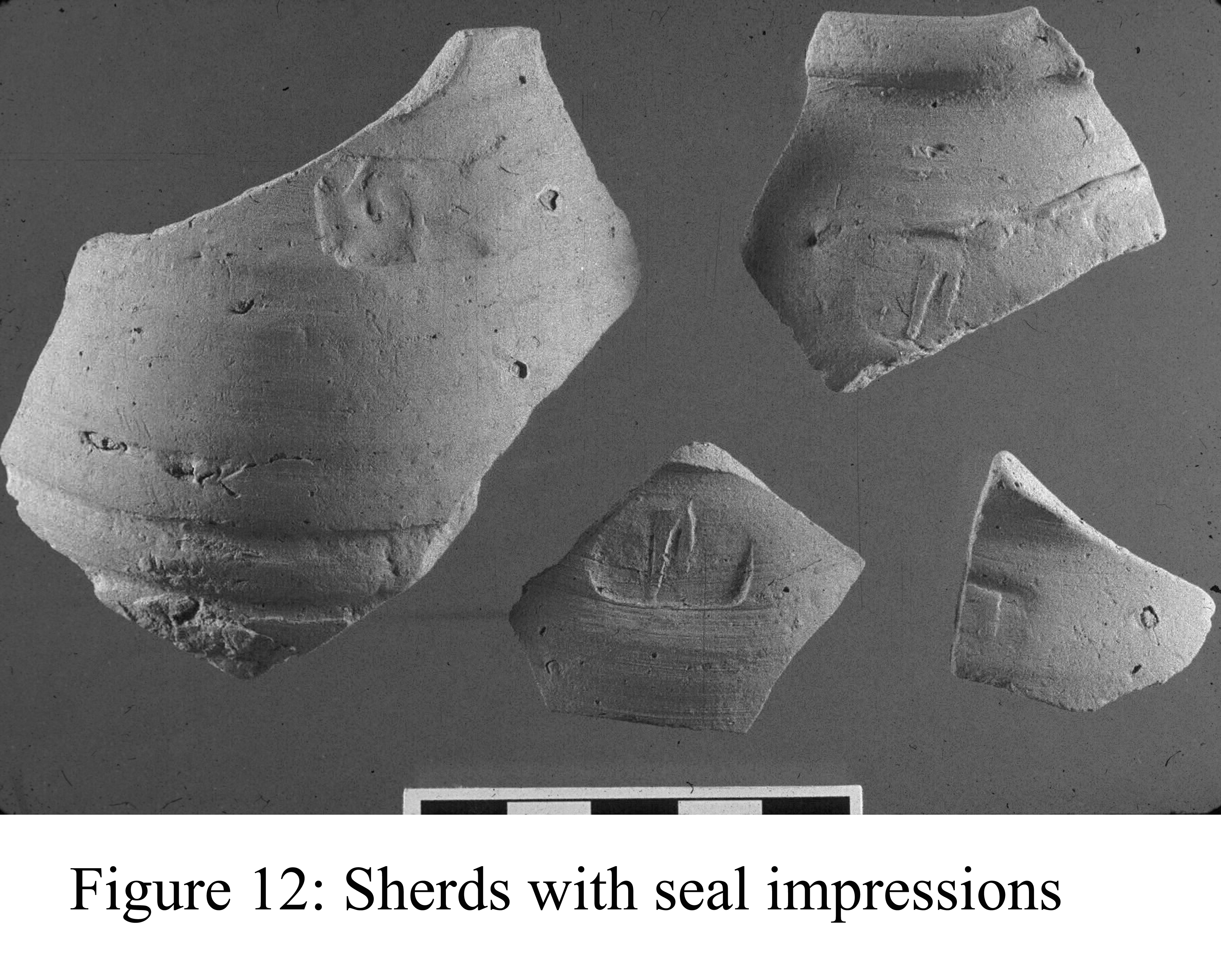




 "T
"T Sumerian bull-lyre. Mesopotamia One-horned young bull is the face of the lyre (Third register)
Sumerian bull-lyre. Mesopotamia One-horned young bull is the face of the lyre (Third register)





















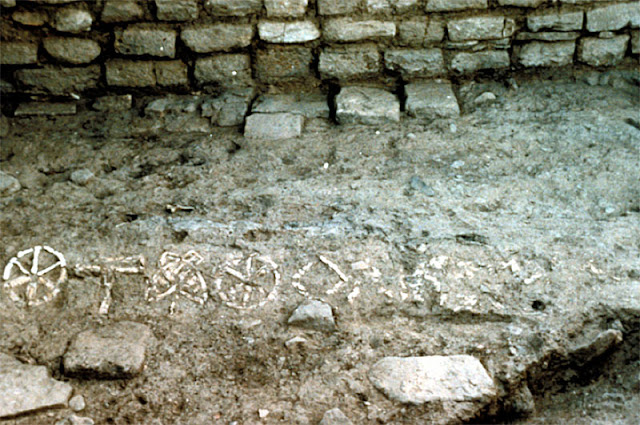







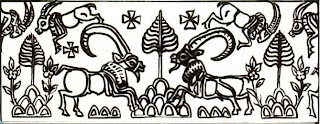

 Perforated jar. Harappa.
Perforated jar. Harappa. 



























































 Red jungle fowl
Red jungle fowl 
